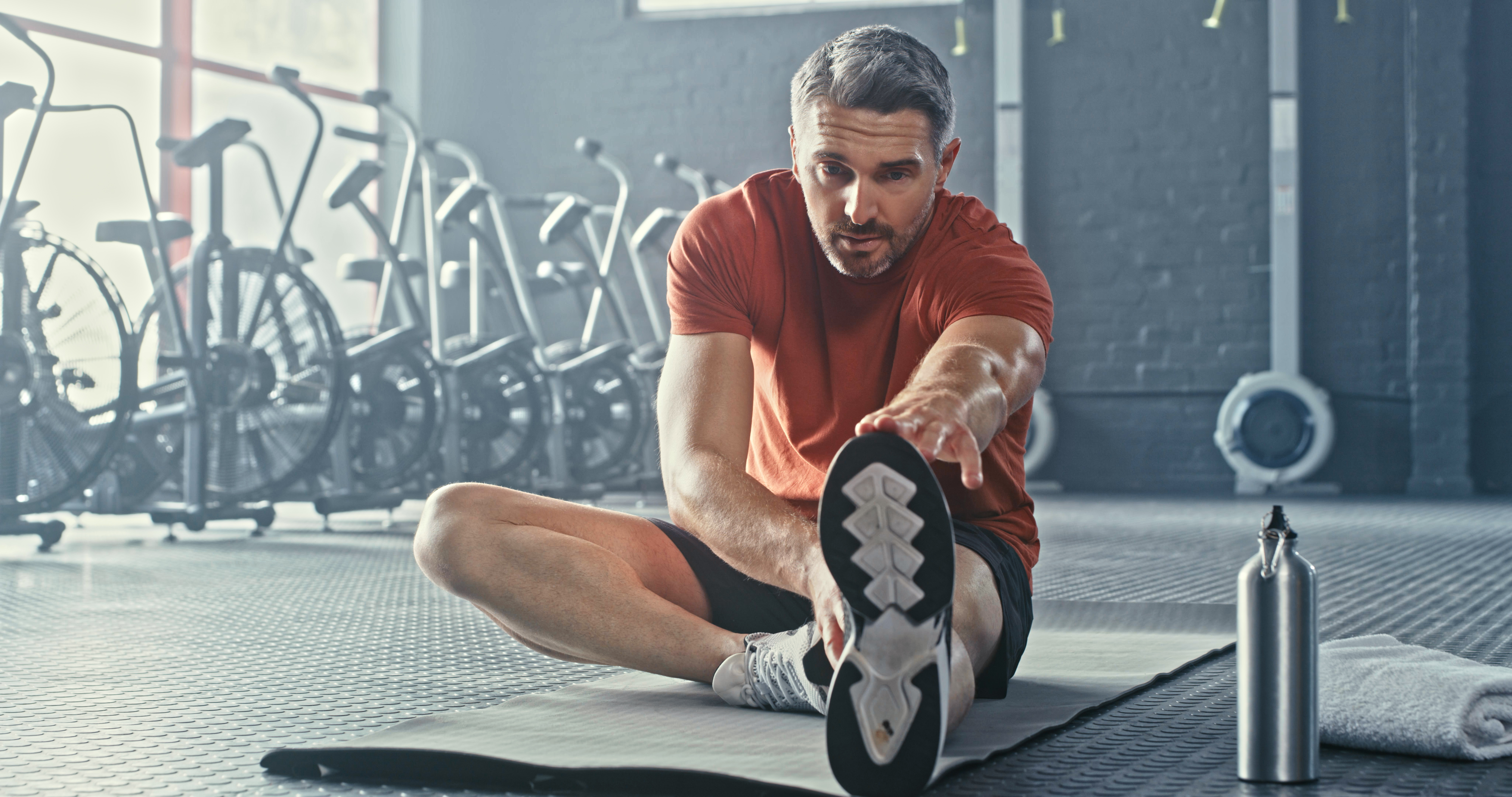How to reduce muscle soreness after exercise

Written by Laurie Blunk, an athletic trainer at UK Orthopaedic Surgery & Sports Medicine.
When you try a new exercise, lift heavier weights or run steeper hills, your muscles experience strain and micro-tearing at the cellular level, which can cause them to become sore.
Thankfully, there are ways to prevent and treat muscle soreness. Foam rolling, stretching and eating foods with anti-inflammatory properties can help reduce pain, alleviate discomfort and get you back to your favorite exercise.
Make sure to stretch
Stretching is an important recovery step in reducing muscle soreness and preventing injuries. Muscles can’t react to changes in exercise or intensity effectively when they are tight, but stretching before you work out can help muscles move more effectively.
Static stretching, or holding a stretch without movement, can be done before exercise, but is most important after activity.
Kinetic stretching, or warming up muscles with movement, is also beneficial. Your muscles will get the most benefit when you combine kinetic stretching with static stretching.
Roll it out
Foam rolling has become a popular recovery technique. Foam rolling consists of using a cylindrical tool, called a foam roller, and body weight to massage muscles.
Foam rolling can be helpful when combined with stretching because it breaks up adhesions in the soft tissue around the muscle, allowing for a better and deeper stretch.
Consider using a foam roller both before and after exercise for different reasons. Rolling out before can help break up adhesions, and rolling out after acts as a form of self-massage, which has been shown to aid in muscle recovery.
Targeting large muscle groups with the foam roller, like your leg muscles (quads, hamstrings, calves, glutes etc.) offers the most benefit. Foam rollers can also be used on the large muscles of the back. If you have muscle soreness from the previous day’s exercise, you can foam roll on subsequent days to help alleviate muscle soreness.
It is recommended to foam roll soon after activity and every 24 hours thereafter to reduce soreness.
Food for recovery
Diet also plays a role in recovery. Tomatoes, olive oil, green leafy vegetables, nuts, fatty fish like salmon and tuna, and fruits (especially berries) have anti-inflammatory properties that help reduce muscle soreness. Try working these healthy foods into your diet to help alleviate pain after exercise.
Don’t let muscle soreness deter you from trying a new workout. Just be sure recovery — through stretching, foam rolling and a healthy diet — is also part of your routine.




